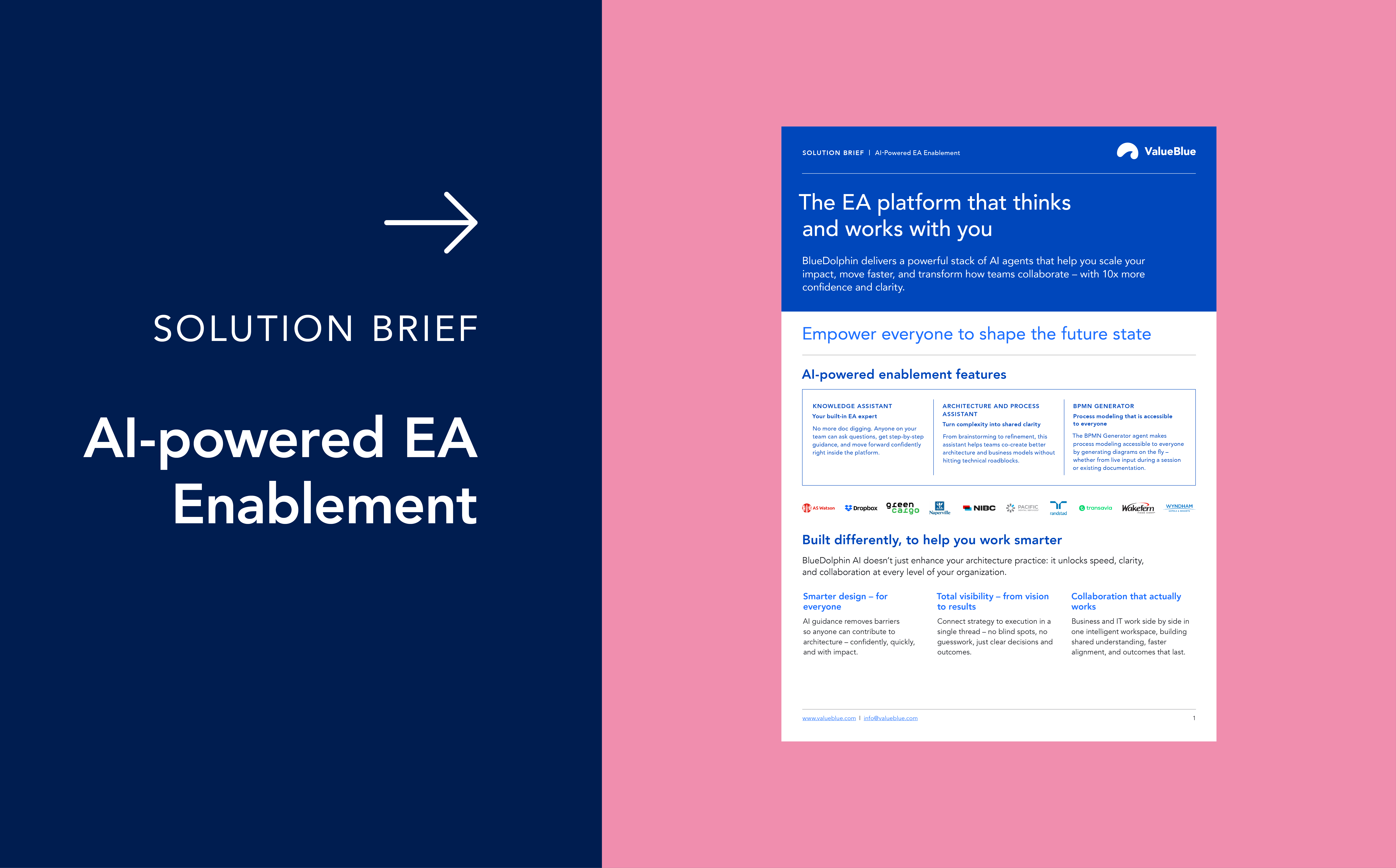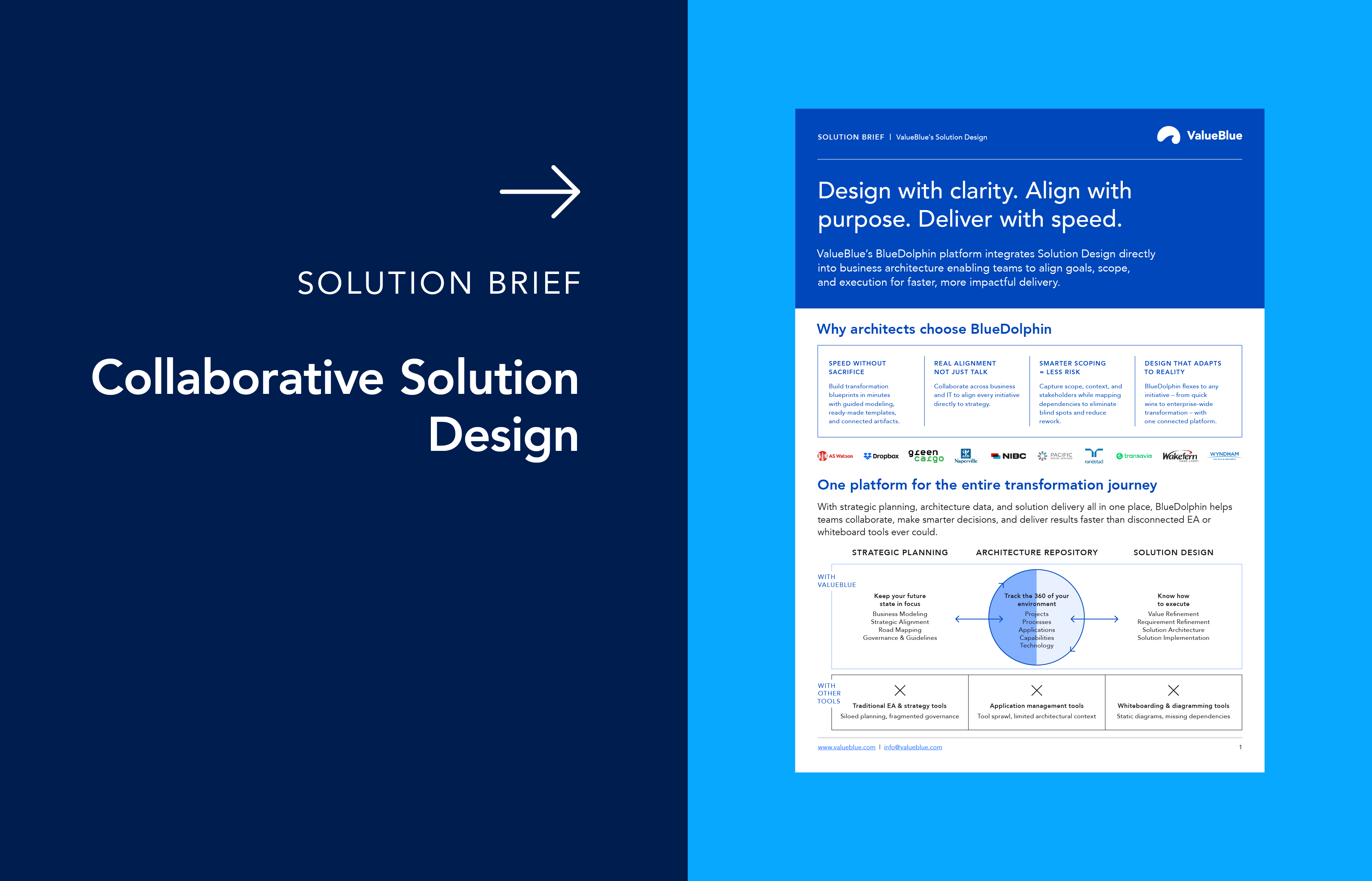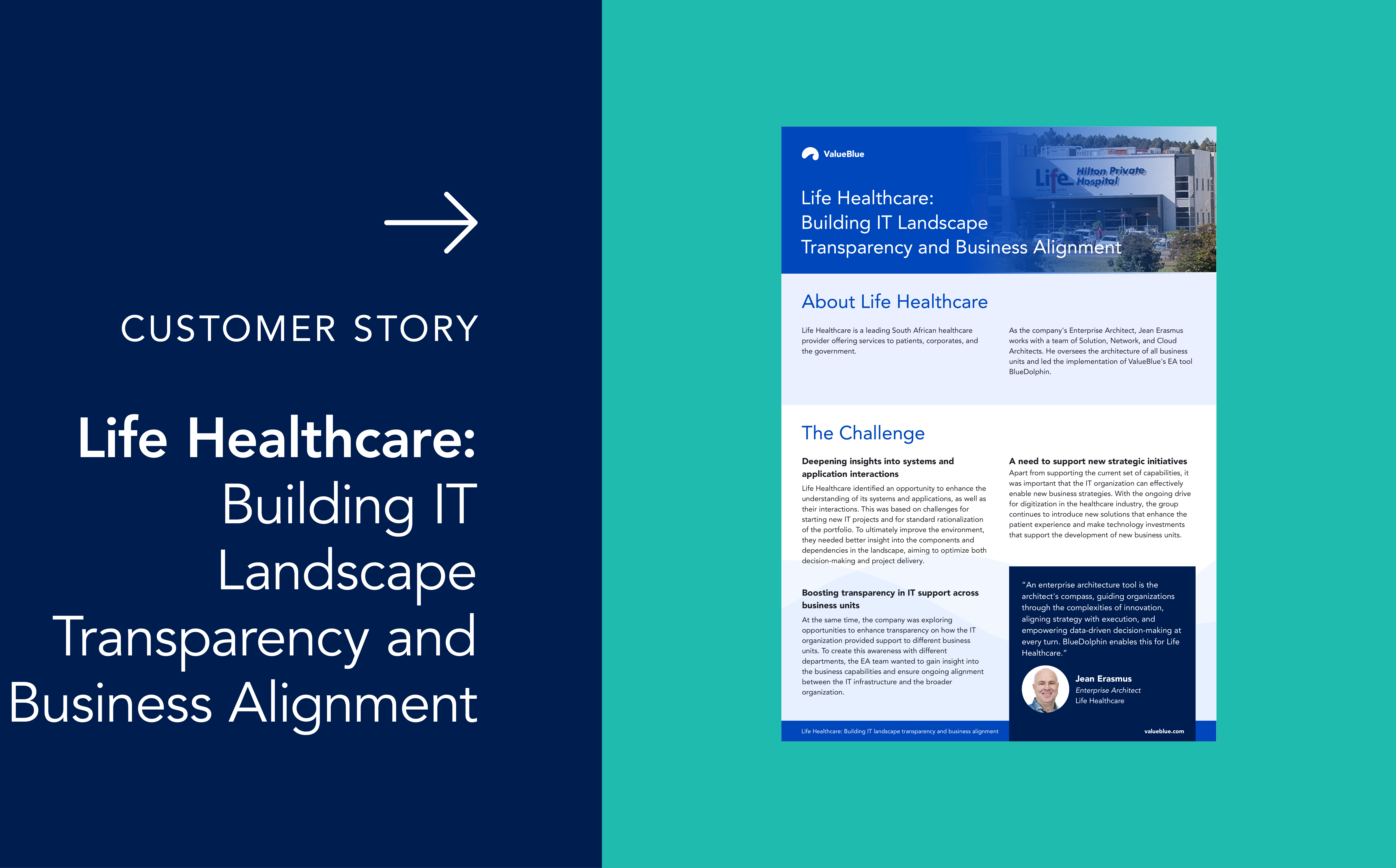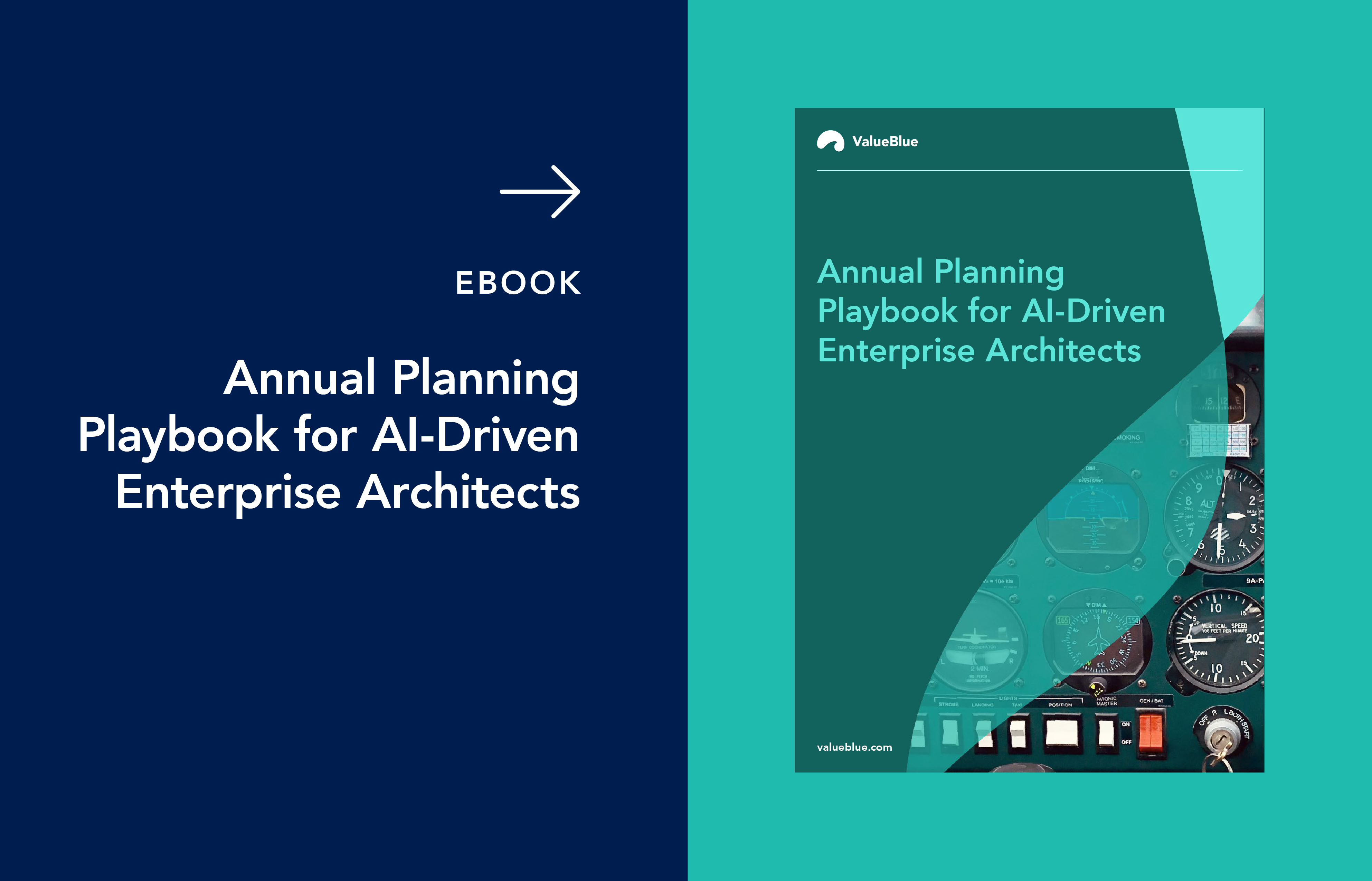Turning Low Maturity of Enterprise Architecture into Strategic Opportunities
Enterprise Architecture maturity isn't just an abstract metric; it's a critical indicator of how effectively an organization aligns technology with business strategy. For companies stuck at the initial levels (0, 1, or 2), the path forward isn't just about assessment; it's about taking decisive action to avoid costly pitfalls.
The early levels of Enterprise Architecture maturity
But what do these levels actually mean? According to widely recognized frameworks, such as those from TOGAF, NASCIO, and others, levels 0, 1, and 2 represent the earliest stages of EA maturity. While the specific terminology may vary, these frameworks share similar descriptions:
Level 0: No Enterprise Architecture program
At this foundational level, there is no formal or documented architectural framework in place. Solutions are developed and implemented without established standards or recognized best practices. The organization relies entirely on the knowledge and initiative of individual contributors, leading to highly inconsistent and siloed outcomes.
Level 1: Informal or initial program
Here, there is some awareness of the need for Enterprise Architecture, and basic frameworks or standards may have been identified. However, these are typically applied in an ad-hoc and informal manner. Processes are not standardized or tracked, and most architectural work continues to depend on individual efforts rather than coordinated organizational practice.
Level 2: Repeatable or an "under development" program
At this stage, the organization begins to formalize its approach. Key architecture processes and standards are identified and tracked, with a focus on making processes repeatable. Reusable templates may be developed, and initial governance structures start to form. However, the program is still in its early stages, and consistency across the organization is limited.
These definitions are a blend of several established Enterprise Architecture maturity models, which, despite minor differences, consistently describe these early levels as lacking formalization, standardization, and organization-wide adoption. The primary challenges at these stages are fragmented processes, reliance on individual knowledge, and the absence of structured governance or strategic alignment.
The stakes of stagnation: Risks of low Enterprise Architecture maturity
Maintaining a low maturity level actively undermines business resilience. Your organization can face 4 critical threats:
- Operational fragmentation: Siloed systems and redundant applications increase maintenance costs alone. Without visibility into dependencies, teams can duplicate efforts, wasting resources and creating integration nightmares.
- Strategic misalignment: IT initiatives diverge from business goals, resulting in projects that consume budget but deliver marginal value.
- Innovation paralysis: When architecture is undocumented or inconsistent, adapting to market shifts (e.g., new regulations or competitors) takes longer. This lag erodes competitive advantage and stakeholder trust.
- Governance gaps: Ad-hoc decisions accumulate "technical debt", quick fixes that become long-term liabilities. One financial firm spent $2 million annually untangling legacy systems from a single, rushed acquisition.
These risks compound: fragmentation breeds complexity, which in turn stifles agility, and stagnation becomes self-reinforcing. Over time, organizations can become unable to respond to change, resulting in mounting costs and a decline in stakeholder confidence.
Explore proven tips from 80 successful

customers on how to build a high-value EA function!
Download our free eBook and learn:
- The benefits of investing in a mature, outcome-driven Enterprise Architecture (EA) practice.
- A practical, step-by-step roadmap to building and maturing your EA practice.
- How to pinpoint your current EA maturity level and focus on the key actions needed to advance.
- How to make EA a driver of tangible business outcomes, not just IT improvements.
Breaking the cycle: Principles for action
Progress hinges on pragmatic steps. 5 principles can help you achieve success:
- Target quick wins first
Identify low-effort, high-impact fixes: consolidate redundant tools, document a critical workflow, or retire one obsolete application. A success will build your credibility. - Embed Enterprise Architecture in business language
Avoid technical jargon and frame architecture as an enabler: "Documenting our supply-chain apps cuts onboarding time" resonates more than "Implementing metamodels." - Start governance light
Begin with one non-negotiable standard, e.g., "All new apps must integrate with core APIs." Gradually expand as maturity grows. Over-engineering early stifles momentum. - Prioritize data visibility
Low-maturity organizations often lack even basic application inventories. Capture what exists now: names, owners, dependencies. This serves as the foundation for your impact analysis. - Iterate relentlessly
Treat EA as a product: launch, measure, refine.
BlueDolphin: The accelerator for low-maturity environments
Traditional Enterprise Architecture tools overwhelm low-maturity teams with their complexity. BlueDolphin simplifies the leap from chaos to control through:
- Clarity and transparency through centralization of data describing your organization (e.g., processes, data, technology).
- Faster impact analysis through auto-generated visualizations of dependencies (e.g., What if we retire this server?).
- Collaboration across the enterprise, eliminate silos, and design transformations in partnership with teams, not just IT.
- Track performance and evaluate opportunities using heatmaps, reports, and dynamic dashboards.
Low maturity pitfalls to sidestep
- Over-prescribing: Avoid importing rigid frameworks prematurely. Customize BlueDolphin’s workflows to your pace, not theoretical "best practices".
- Ignoring culture: Enterprise Architecture isn’t just a tech initiative; it is a business collaboration effort.
- Chasing perfection: Level 2 maturity doesn’t require 100% documentation. Focus on critical assets first; automate the rest via BlueDolphin’s integrations.
The BlueDolphin advantage: From merely surviving to thriving
Low Enterprise Architecture maturity isn’t a verdict; it’s a starting point. Organizations that prioritize action can transform architecture from a cost center to a growth engine. BlueDolphin reduces the friction of this shift: its intuitive interface demystifies EA for non-technical stakeholders, while robust analytics turn visibility into actionable strategy. The outcome? Faster innovation, measurable cost savings, and alignment that turns IT from a support function to a strategic partner.
Progress begins by addressing what is, not what is ideal. With focused action and the right tools, even the most fragmented environments can evolve into agile, future-ready architectures. Start where you stand: build momentum, demonstrate value, and scale pragmatically. The journey from chaos to coherence is closer than it appears. Ready to take the first step? Contact us for a demo.




